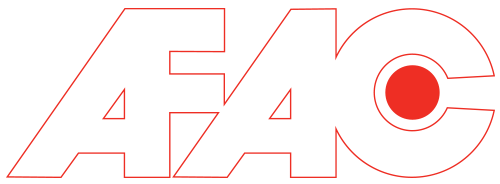Expert guidance for achieving the best results from Powder Coating
For a flawless but cost effective finish, powder coating has proved itself beyond a doubt to be superior to traditional spray painting. But how do you ensure that your powder coating goes on perfectly?
Our expert top tips for successful powder coating will tell you all you need to know to achieve the best results.
Achieving the right quality of finish is today more important than ever—not just to ensure the quality of your product, but also to keep manufacturing tolerances and costs to a minimum. To maintain a quality finish on a high volume of industrial parts, mastering the proper technique for masking your metalwork is critical, especially when you’re using powder coating. From automotive subframes to furniture and appliances, from electrical switchgear to lighting and telecoms applications, powder coating is growing in popularity. Why? It offers a variety of finishes that are durable, run-free, colourful and cost-effective. The global market for this finishing technique currently stands at US$5.8 billion and it’s still growing.
Getting the best results from Powder Coating is all in the preparation—but you know that already!
Here’s our step-by-step guide to achieving the best powder-coating results using masking devices:
- This first step is hugely important—degrease the surfaces you are going to powder coat. If you don’t and there’s grease left on the item, your powder coating won’t bond to the surface, resulting in a poor quality finish. If your metalwork is second hand or has been previously coated, look out for our next article on pre-treating.
- Identify any areas, such as screw threads, tapped and precision holes, which need to remain clear of the coating. It is far harder to remove powder coating after the fact than to prepare properly in advance.
- Make sure you have appropriate masking devices to provide the required finish. There is a wide range of options so there should be something suitable, whatever the job.
- Position the masks exactly where you don’t want the powder coating to go. Take care during this process that you don’t touch the metalwork—greasy finger marks can result in surface imperfections in the finish.
- Be careful not to stack your parts once the masks have been applied. Masking must be the final process before the actual application of the coating.
- Apply the powder coating and cure it according to the powder manufacturer’s instructions.
- Although it may feel counter-intuitive, remove the masks from the metalwork while the coating is still hot. To take off plugs and caps, use a slight twisting motion as you pull them off to break the seal around the mask. For tape and shapes, it’s also best to remove them while the metal is still hot.
- Alternatively, you can leave caps and masks in place during transit to minimise the risk of scratching or damaging the finish.
- Wait until the metal and the coating are completely cool before handling.
Preparation and careful handling throughout the process are the keys to a flawless finish. Once you have the technique mastered, you’ll find powder coating to be a far more satisfactory finish than paint for a wide range of industrial parts and consumer goods.
Find the right Masking Products






